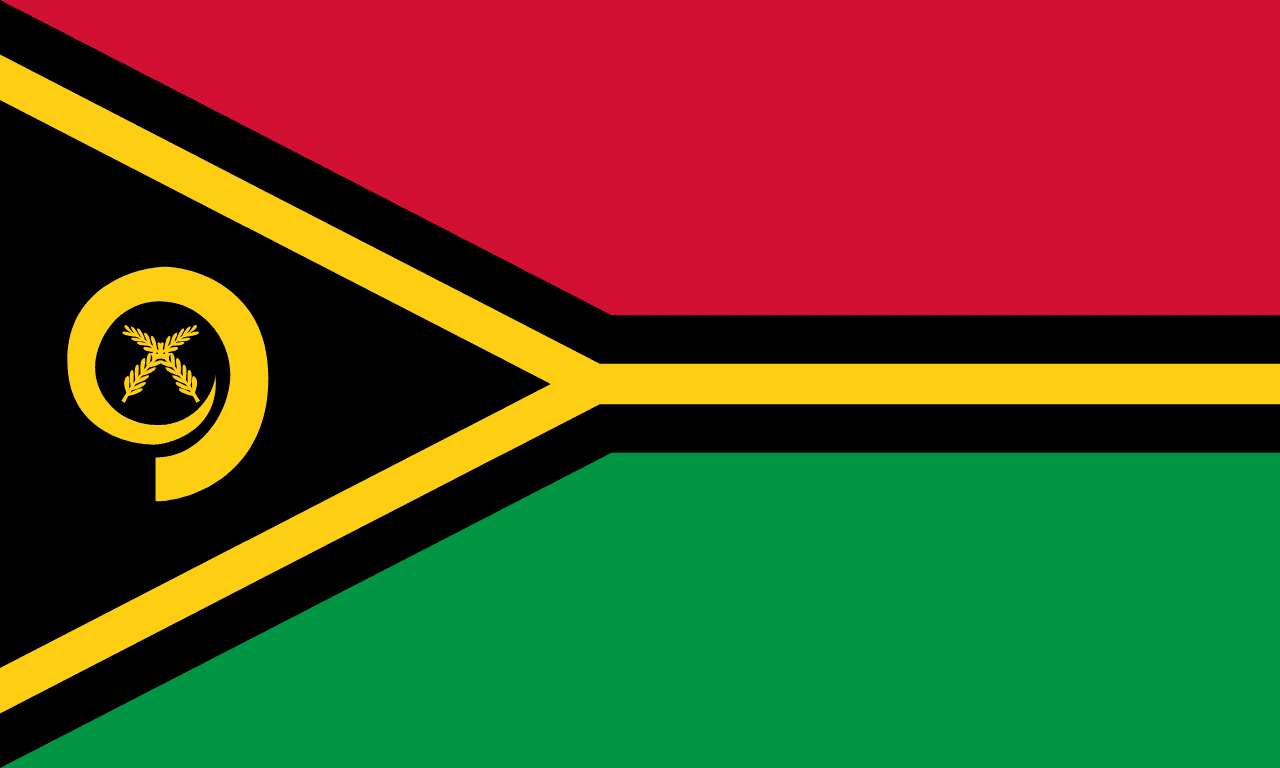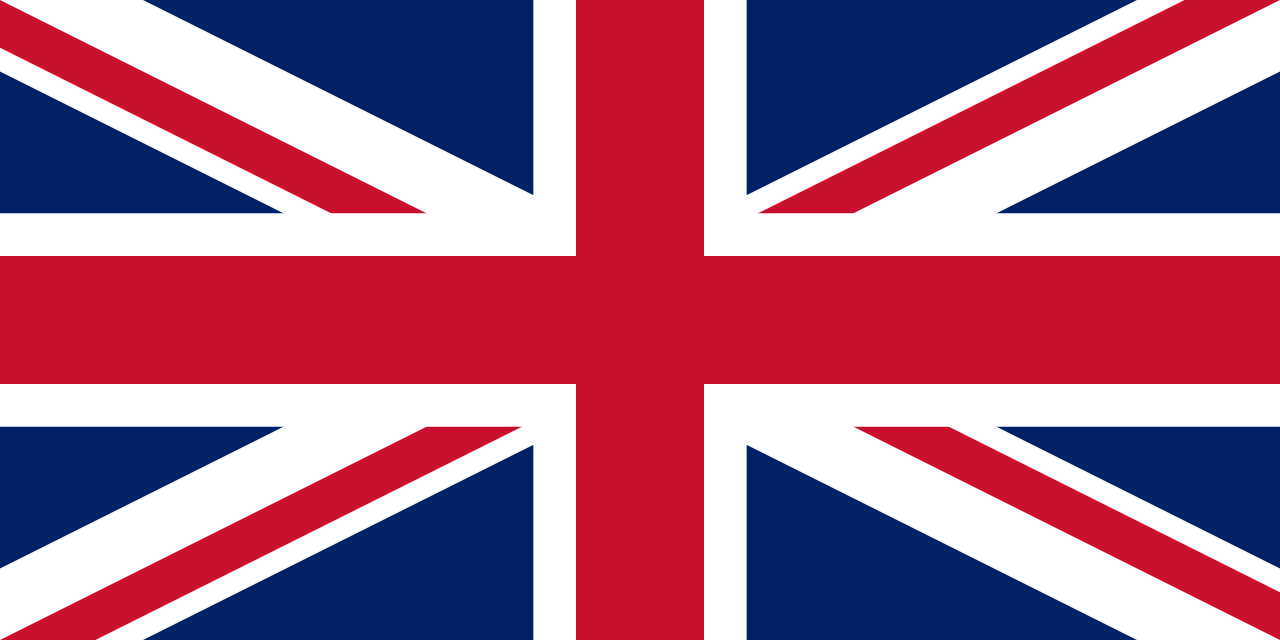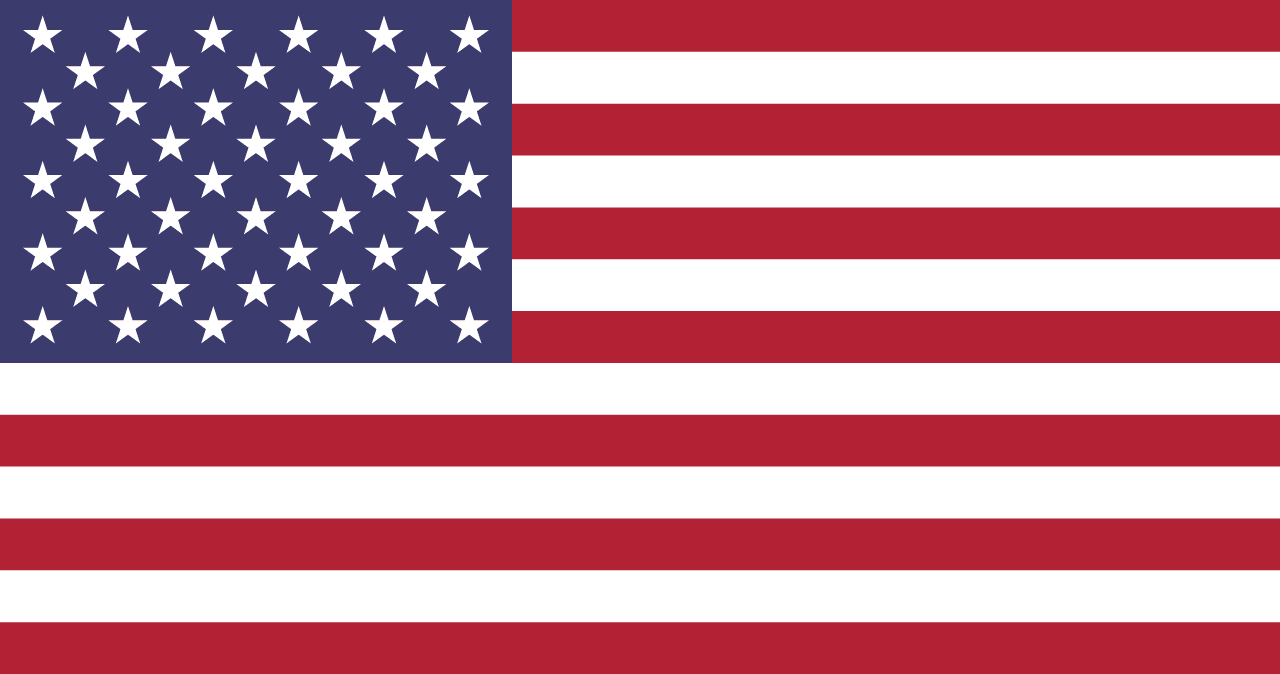The flag of Uruguay, with its distinctive design of nine horizontal stripes alternating white and blue, topped by a white canton featuring a golden Sun of May with a face, is a powerful symbol of the nation's history, values, and aspirations. Known as the "Sun of May," this flag encapsulates Uruguay's journey to independence and its vision for the future.
Uruguay information
| National Flag Day | August 27 |
| Sovereign state | Yes |
| Official name | Oriental Republic of Uruguay |
| Capital | Montevideo |
| Population | 3,546,844 |
| Area | 176,215 km² |
| Currency | Uruguayan peso (UYU) |
| Language | Spanish |
| Continent | South America |
| Region | South America |
| Subregion | Southern Cone |
| Borders | Argentina, Brazil |
| Timezone | Uruguay Time (UYT) UTC-3 |
| Calling code | +598 |
| Top-level domain | .uy |
History of the Uruguayan flag
 The Uruguayan flag was officially adopted on July 11, 1830, shortly after the country gained independence from Brazil. However, its origins can be traced back to 1828, when a provisional flag was designed during the transition period leading to full independence.
The Uruguayan flag was officially adopted on July 11, 1830, shortly after the country gained independence from Brazil. However, its origins can be traced back to 1828, when a provisional flag was designed during the transition period leading to full independence.
The flag's design was influenced by the flag of Argentina and the United Provinces of the Río de la Plata, reflecting Uruguay's historical ties to these regions. The number of stripes was set at nine to represent the original nine departments of Uruguay at the time of independence.
The sun emblem, known as the "Sun of May," has its roots in Inca symbolism and was adopted to represent the May Revolution of 1810, which marked the beginning of the independence movement in the region. This sun symbol is shared with Argentina, highlighting the common historical experiences of the two nations.
Symbolism and design of the Uruguayan flag
Every element of Uruguay's flag carries deep symbolism:
- The nine horizontal stripes (five white and four blue) represent the original nine departments of Uruguay, symbolizing the administrative structure of the young nation.
- The white stripes symbolize peace and honesty, reflecting the nation's commitment to tranquility and integrity.
- The blue stripes represent the sky and the waters of the Río de la Plata and the Atlantic Ocean, highlighting Uruguay's natural beauty and maritime heritage.
- The white canton in the upper left corner symbolizes justice.
- The golden "Sun of May" with a face represents Uruguay as an independent nation, with the sun's rays symbolizing the bright future ahead. The face on the sun is said to represent the Inca sun god Inti, connecting Uruguay to the broader South American cultural heritage.
Usage and significance of the Uruguayan flag
 The flag of Uruguay is a source of national pride and is prominently displayed throughout the country. It flies over government buildings, schools, and public institutions, serving as a constant reminder of Uruguay's sovereignty and democratic values.
The flag of Uruguay is a source of national pride and is prominently displayed throughout the country. It flies over government buildings, schools, and public institutions, serving as a constant reminder of Uruguay's sovereignty and democratic values.
During national holidays, particularly Independence Day on August 25, the flag takes center stage in celebrations across the country. It is also an important symbol in sports events, with Uruguayan athletes proudly carrying the flag in international competitions.
The flag's design has influenced other national symbols, including the Coat of Arms of Uruguay, which incorporates elements of the flag. This consistency in national symbolism reinforces the flag's importance in Uruguayan identity.
Interesting facts about the Uruguayan flag
- Uruguay's flag is one of the oldest national flags in the world, adopted just over a year after the country gained independence.
- The design of the flag underwent several modifications before the current version was officially established in 1830.
- The "Sun of May" on the Uruguayan flag has 16 rays, alternating between straight and wavy. This specific design is said to represent the balance between the forces of nature and human reason.
- Uruguay celebrates National Flag Day on August 27, commemorating the 1825 "Thirty-Three Orientals" landing, a pivotal event in the country's struggle for independence.
- The exact shade of blue used in the flag is specified as Pantone 279 C, ensuring consistency in its representation.





